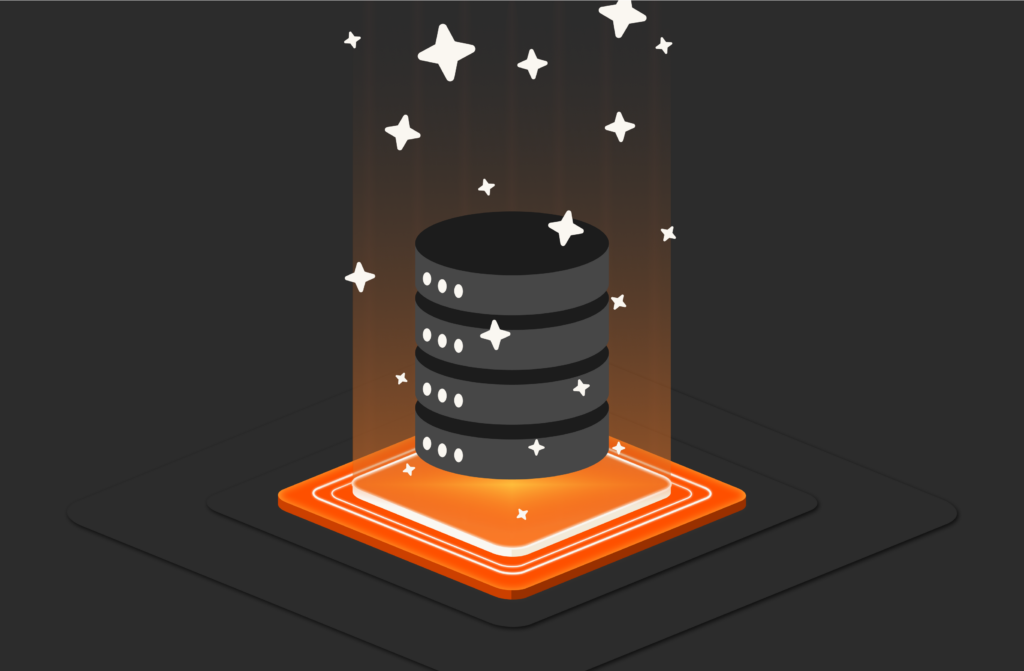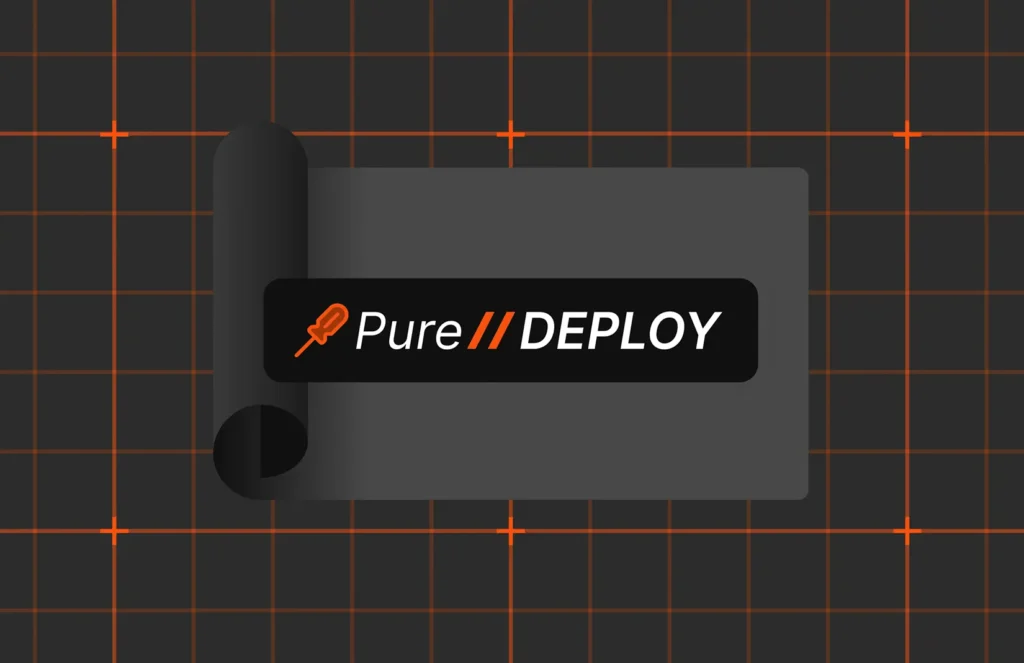
Digital transformation (DX) efforts are facing a reckoning. Despite being a priority for a majority of organizations for the last few years, IDC research reveals 47% still feel significantly behind.¹ Something still isn’t working and organizations are rethinking the way forward.
Many realize their approach can’t be the launch-and-adopt, siloed efforts that have defined so many transformation attempts so far. It will require a larger vision that considers their entire ecosystem, starting with the foundation. In other words, it will come back to what’s in “the box.” Here’s why.
The Focus on Human-centric DX (and Its Demands on IT)
As IDC analyst Rick Villars puts it, DX means being digital-first, but it “isn’t a technology. It’s not wireless-first, or SAN-first, or PC-first. It’s an organizational aspiration. And in order to be successful and compete, it has to be a characteristic of a company.”²
It’s part and parcel of the argument that transformation is inherently human. Organizations that focus on the human aspect—putting customers’ and employees’ needs first—will outperform others by a longshot. But too many ignore the employee experience—especially IT teams saddled with repetitive, often low-value tasks. These are also the teams who need to support DX initiatives—expanding digital business, integrating new technologies, ramping up the cloud, and more. It’s only when these teams are empowered with simple technologies that get the creative time back, and you get to tap into their incredible mindshare for broader transformation initiatives.
But legacy infrastructures can’t provide the agility, resilience, or scalability to support this shift to human-centric transformation. The task then becomes translating DX goals into IT capabilities—not the other way around. And it starts at the bottom of the stack.
“The Box” Is Key to Transformation Success
In order to run the applications which will enable digital transformation to thrive, organizations need to be free of legacy technology that’s holding them back. IDC’s Shawn Fitzgerald, research director, Worldwide Digital Transformation (DX) Strategies, notes, “While software is certainly important, a much more significant amount of investment dollars from transformation technology budgets will be for hardware and services related to digital transformation.”
In a study of 500 IT decision-makers worldwide conducted by Bredin Research and Pure Storage, we heard that hardware and upgraded on-prem infrastructures took center stage as key digital transformation efforts:
- 60% are implementing next-gen IT infrastructure to achieve business outcomes.
- 84% are making new investments in IT systems and software to support new initiatives.
- 61% are looking to speed up adoption of new tech without impacting existing operations.
Organizations are on the right track—but not all infrastructures are created equal. Now is a critical time to choose wisely and invest in future-proofed, truly modern solutions. But what defines a modern infrastructure?
Modern Platforms Enable Outcomes-driven DX—and Transform IT
Next-generation data management platforms like Pure Storage® will be the difference between struggling to transform at scale and seamlessly delivering human-centric experiences. These solutions set a new standard for what organizations can get out of the box—but it doesn’t stop there.
Infrastructures that can drive transformation success should offer a framework of modern capabilities, including:
- Software-driven solutions that are always upgraded. Old admin responsibilities disappear when software can help solve problems and enable you to use the tools you have in modern ways—without having to rip and replace.
- Seamless, organic support for modern applications. Cloud-based apps thrive on a platform that offers a unified control plane and managed data services like Portworx® for containerized apps, easily integrated with the modern tools developers use.
- Self-service and native automation capabilities. A robust abstraction layer decouples applications from hardware and removes the need for back-end manual work. Employees are empowered by low-code/no-code tools—including Pure Fusion™ Storage-as-Code™, software-defined storage, and Pure1® self-driving storage management and monitoring. These tools free up teams for high-value, creative work.
- Scalability to reduce headaches (and limitations). Big data analytics (BDA) and AI remain key DX initiatives, and, to thrive, both require scalable foundations like powerful scale-up storage from FlashArray//XL and scale-out storage from FlashBlade®.
- As-a-service consumption. This ongoing shift in IT is all about resilience, scalability, and the agility to meet new business needs on a dime. Evergreen//One™ gives you just that, and with the Pure1® Digital Marketplace, you can easily purchase the services you need.
The bottom line: Infrastructures are huge areas of opportunity in digital transformation, creating a solid, scalable foundation for the future. Rethinking transformation to be human-centric includes the technology we procure for IT, our most critical partners in building digital-first businesses. Don’t settle when it comes to what’s in “the box.”
¹IDC FutureScape: Worldwide Digital Transformation 2022 Predictions
²IDC FutureScape: Worldwide IT Industry 2022 Predictions
Download the Guide
Download the guide so that you can learn how to uncomplicate your IT, navigate obstacles and build your digital transformation dream team!






